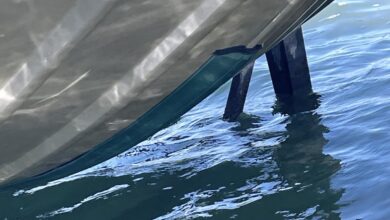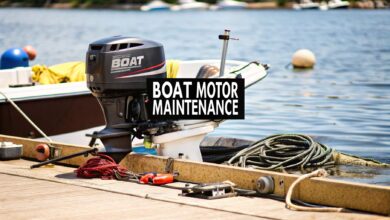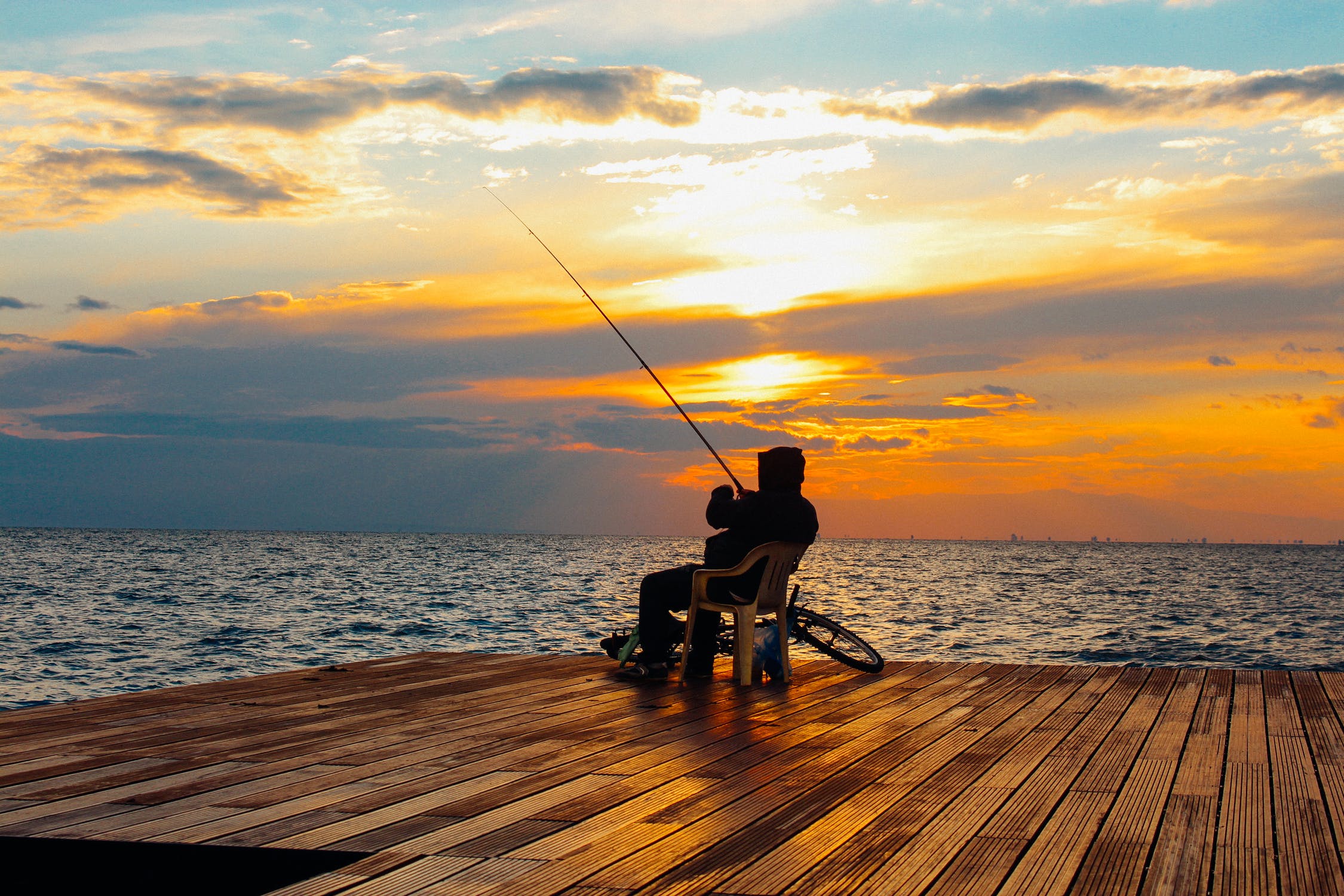
What should you remember when fishing for crappies?
In this article, we give you pointers on some of the most useful tricks of doing it.
What Is a Crappie Fish?
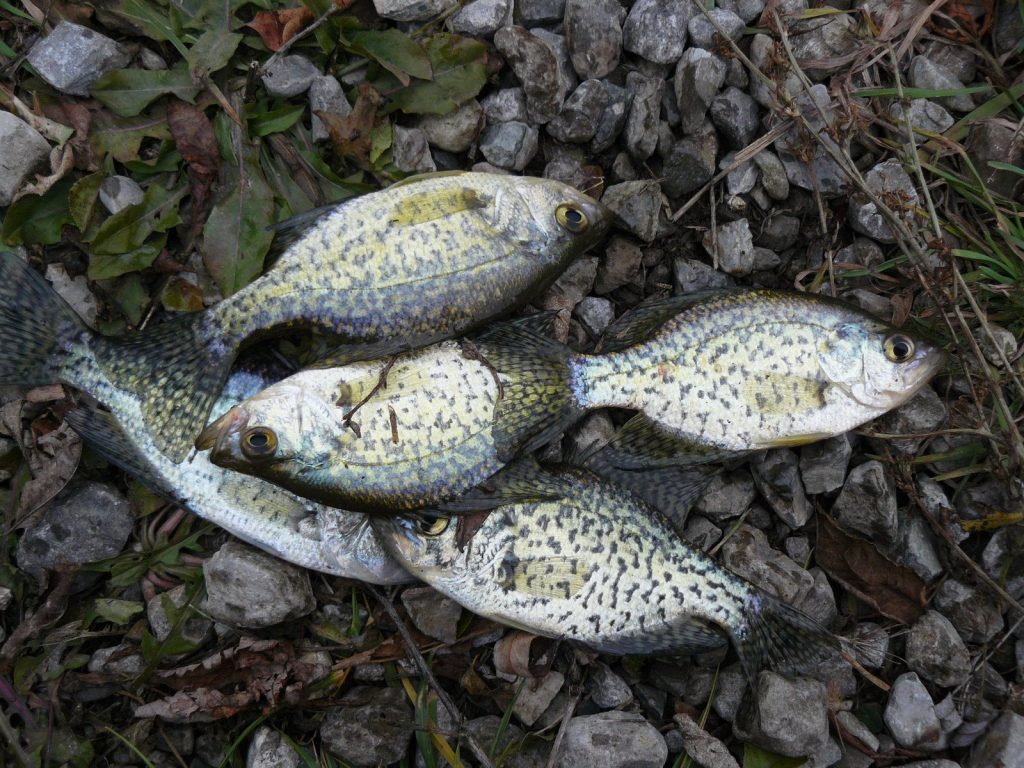
A crappie fish is a relative of the sunfish family found in lakes and rivers. In the state of Louisiana, it’s popularly known as sacalait, from the Cajun French term which means milk bag, due to this particular fish’s whitish silvery appearance.
It normally eats the offspring of its opponent fish types but it also has a tendency to feast on worms and insects that come from shore.
Searching for Crappie

When looking for crappies, Richard Gene the Fishing Machine says there are three factors that determine your success in crappie fishing.
- Shad Fish – is a common food for crappies but hard to keep alive once they’re caught. This is because they release ammonia during warm months which stress and kill them.
- Temperature – dictates the mood of crappies. They like the cold temperature because it gives them a relaxed atmosphere. Crappies are mostly active at night to hunt for food.
- Season – is connected to temperature. Since crappies prefer cold conditions, they’re mostly visible in the late autumn and early winter.
Crappie Fishing Lures
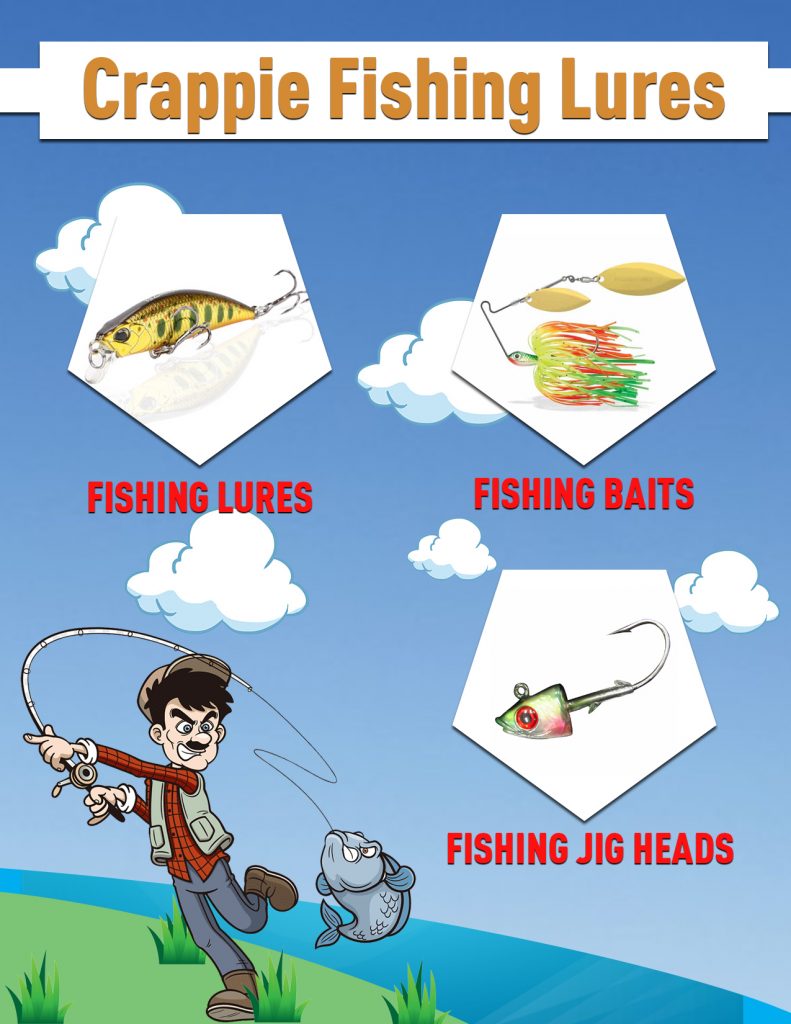
Crappie fishing is difficult if you lack something that attracts your target. Since shads are not always effective against crappies because they only last 10-15 minutes in warm season or when improperly handled, fishermen turn to fishing lures like fishing baits and fishing jig heads. Be careful not to get confused with the different terms though.
- Fishing Lures – refer to both fishing baits and fishing jig heads. They apply to everything that attracts or calls attention in the form of an artificial food for marine life.
- Fishing Baits – are small objects that move in a horizontal motion when submerged in water.
- Fishing Jig Heads – are small objects that move vertically in water. They’re usually around 1/8 ounces.
Stair-step Fishing Technique
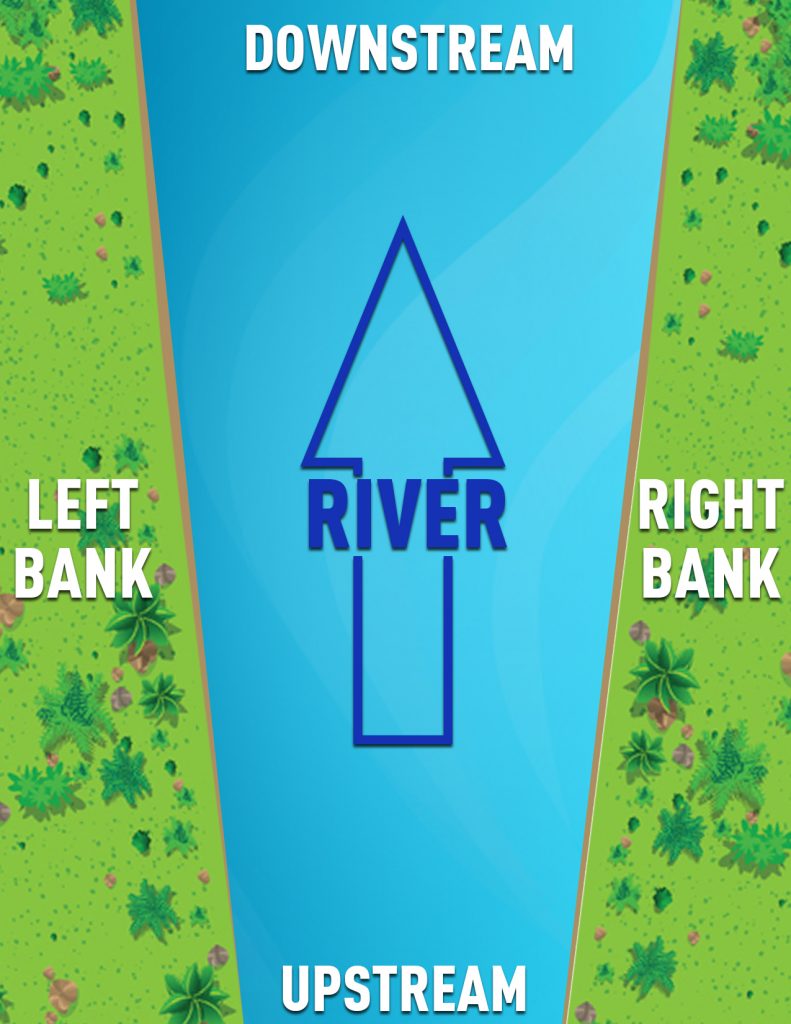
When you begin your crappie fishing, you need to follow the stair-step fishing technique. It resembles catching a bass fish. This is when you position yourself in a stream or river channel that’s close to the shore where the water becomes shallow.
The point here is it’s where crappies normally gather to look for food during favorable conditions. Therefore, by the time your fishing lures drop, crappies easily see them.
Holding a Crappie
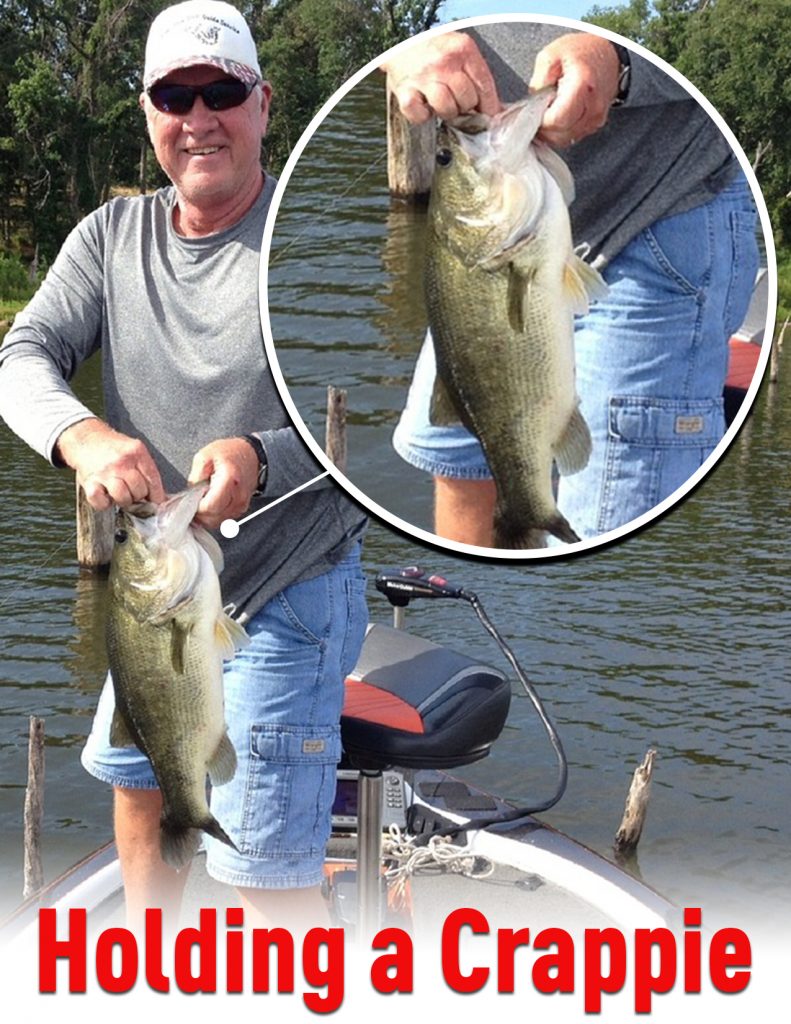
The moment you’ve successfully caught a crappie means you have to unhook it and set it aside. But it isn’t as simple as doing it any way you want. Crappies have dorsal and anal fins that sting like needles if you accidentally touch them.
To avoid them, you’re supposed to hold the crappie’s neck part with your wet left or right hand (based on your preference) to help you harmlessly bend the dorsal and anal fins aside. Then, position the crappie horizontally so you can finally remove the fishing lure from its mouth.
Conclusion
Crappie fishing can be tricky at first. However, with the right amount of practice and patience, you’ll soon be catching crappies like a pro. You may even find some new strategies to make your work easier than usual. Tell us how you catch crappies by commenting below.
